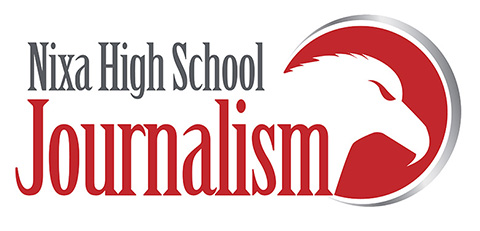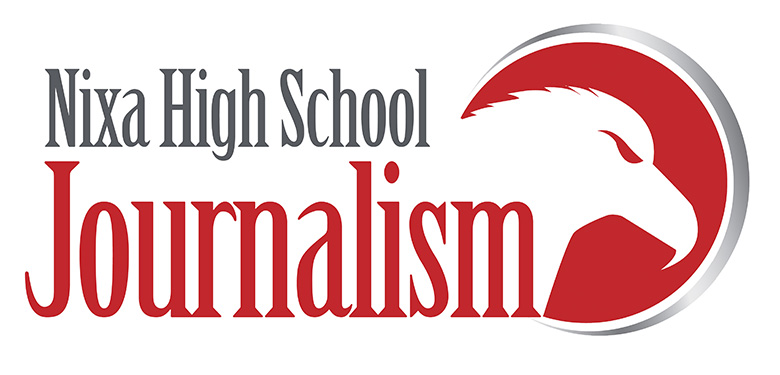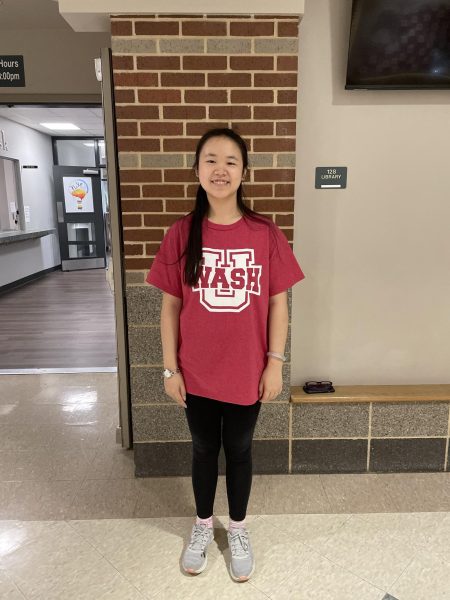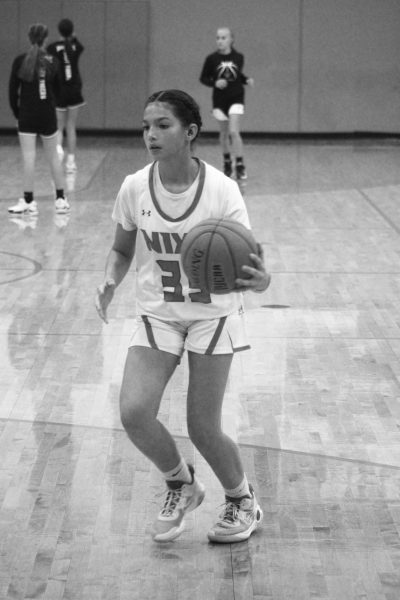The Cost of Quarantine
Since the COVID-19 pandemic first came to Nixa, there has been a need to be more flexible. From mask mandates to social distancing, being flexible has become almost a way of life. So when the 2020-21 school year started, the Nixa school district was left with choices, one of being allowing students to opt-out of physically going to school and opting into a virtual school program. “With COVID, we had to rethink our approach to allowing families to have a choice for virtual learning and to stay safe during the pandemic,” said Josh Chastain, the executive director of curriculum, instruction and assessment at Nixa Public Schools. “Having over 900 students K-12 requesting virtual learning prior to the school year starting, we had to develop a plan that supported virtual at all grade levels.” The plan relies heavily on Canvas, an online tool that the district is using for the third year now, and it’s had an impact on learning, this year especially. “Canvas is a lifesaver for virtual learning,” Chastain said. “Students that are quarantined or virtual and students that are seated are able to access learning without skipping a beat.” Canvas and other resources have cost the district some hard cash, but ultimately Chastain said he feels like the purchases were worth it. “There is a significant cost to support virtual learning,” Chastain said. “We are supporting teachers that are teaching seated classes during the day and working with virtual students in the evening. We also have some virtual classes and programs that we have to pay for the content or for the provider to provide the teaching.” So how much money is the district actually spending on these programs? “If the Launch course is taught by a Nixa teacher, and if they are taking
Offering virtual learning to students comes with a price tag
a full Nixa course, an average cost would be between $500 and $1,000 per student per semester,” Chastain said. “Canvas costs $5 a student per semester on top of that.” Adding all of those funds together, the district is spending anywhere from $400,000 to $800,000 this year alone for online students. Sophomore Lindsey Johns sees the price tag of $10 a year for Canvas and feels as though it’s a reasonable price. “It surprises me, honestly,” Johns said. “I assumed it might be more seeing as how our district provides a lot of resources to us.” Sophomore Marielle Chu, another student who is virtual this year, said she feels that price is too steep when you add up all of the programs in total. “To me, I think the price is a bit high,” Chu said. “For online learning, I used platforms like Discovery and StudySync, and I would think that the school is paying subscriptions to both.
Along with Canvas, those funds add up quickly.” However, some of the funds aren’t coming directly from the school district, but rather the government. “As a part of the CARES Act stimulus funding that was passed by the U.S. government, we are able to take our allocation and use it to help provide funding for virtual learning, cleaning and other needs related to the pandemic,” Chastain said. All in all, the acquisition of the programs the district purchases are needed, and Chastain said he feels as though they’re worth it in the end. “[They] might not be everyone’s favorite learning platform,” Chastain said. “However, it has unified where students, teachers and families can go to access learning from anywhere. Students that are quarantined or virtual and students that are seated are able to access learning without skipping a beat.”













